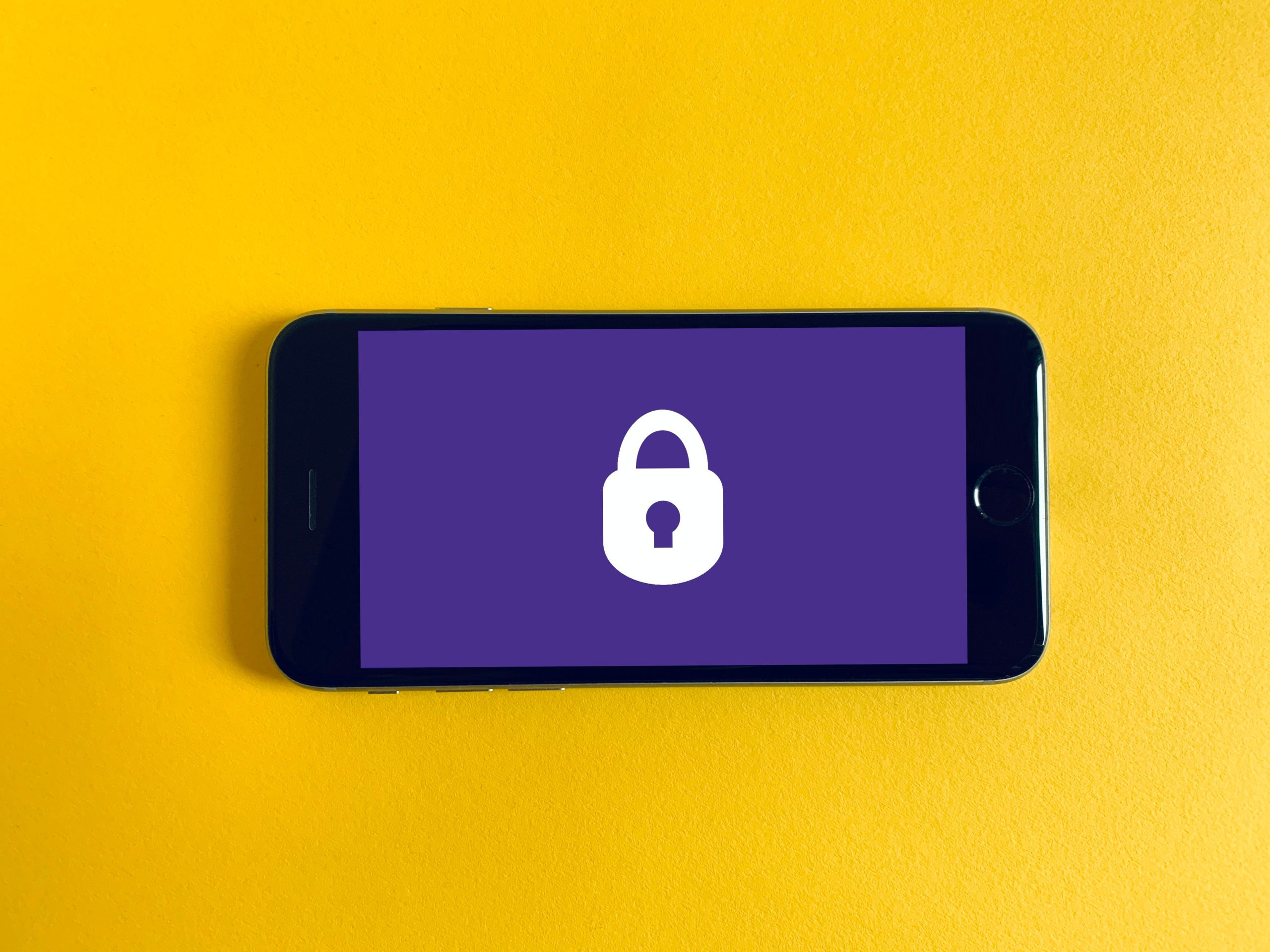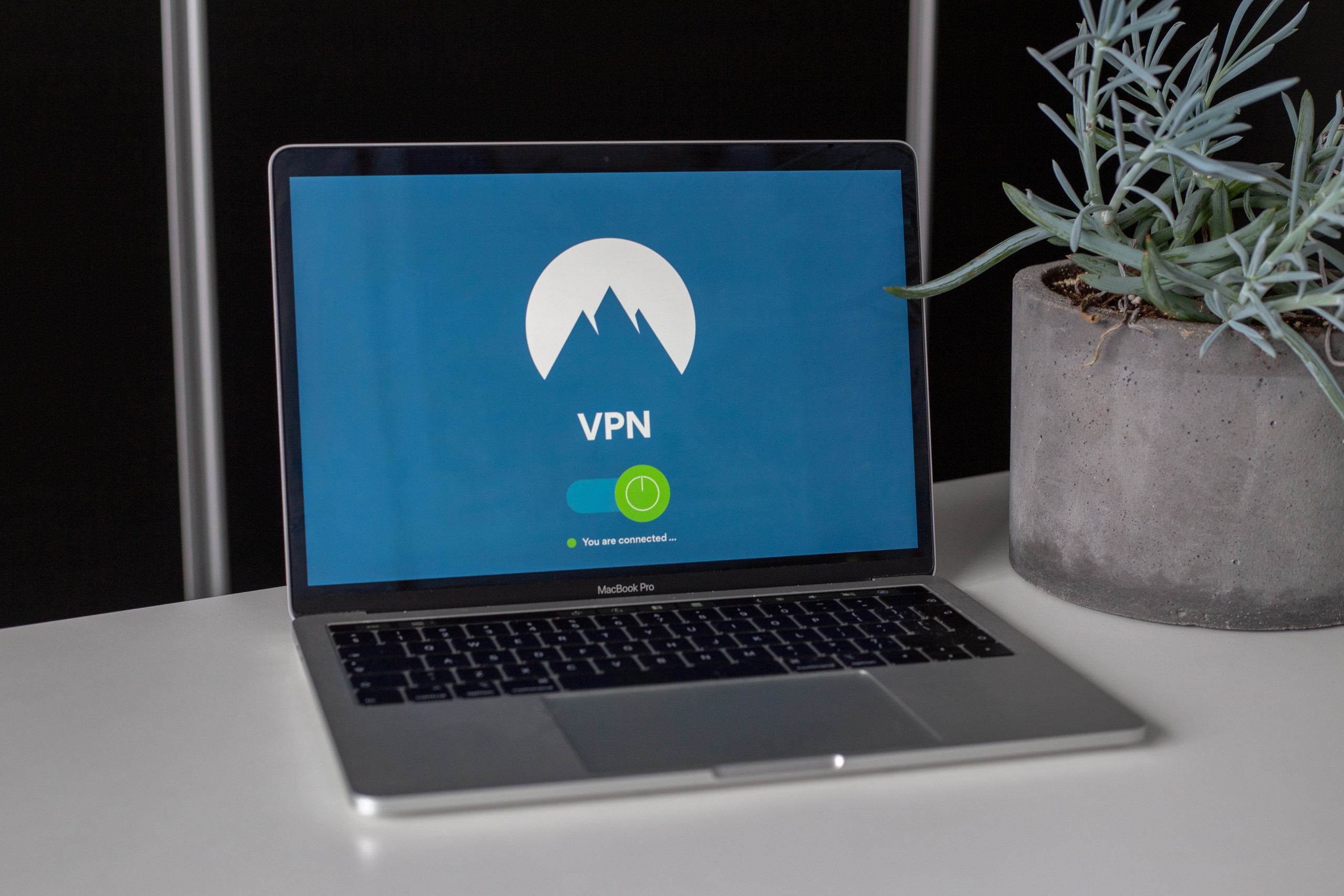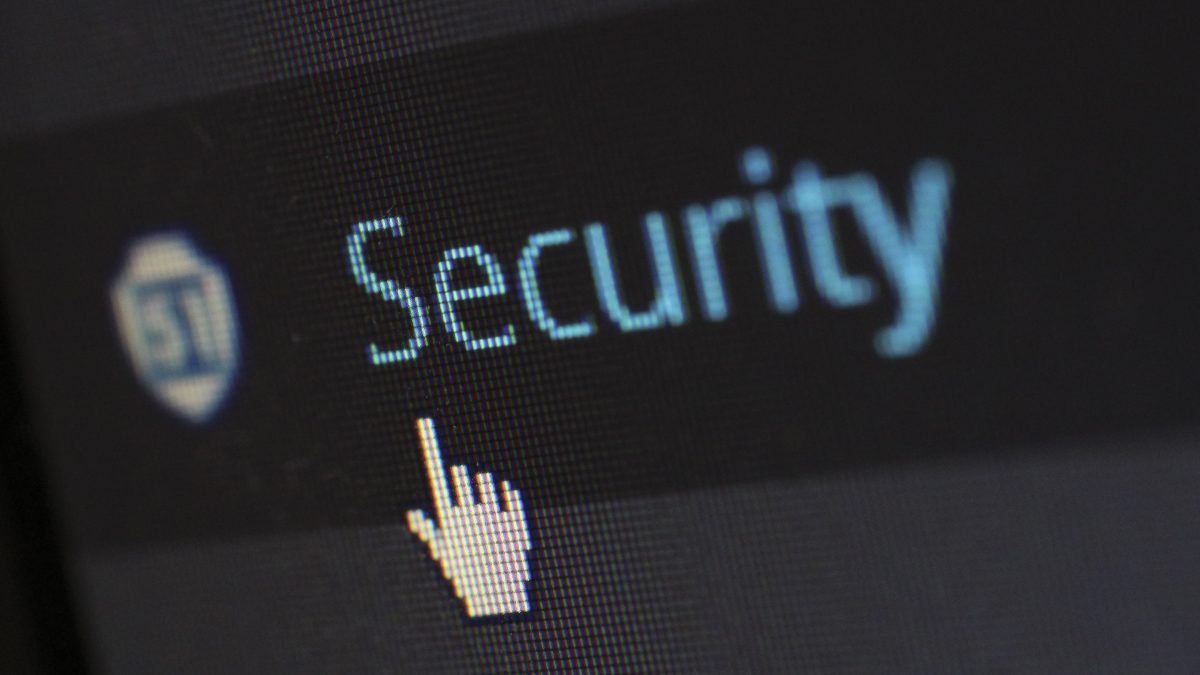In today’s digital age, online security is more important than ever. With the increasing amount of sensitive information being transferred over the internet, it’s crucial to ensure that your site connection is secure. Whether you’re shopping online or simply browsing the web, a secure connection helps protect your personal and financial data from hackers and cybercriminals.
However, many people are unsure about how to check if their site connection is secure. This comprehensive guide aims to demystify the process by providing clear and easy-to-understand instructions on how to determine whether a website has a secure connection. By following these steps, you can ensure that your online activities are as safe and protected as possible.
Explaining the importance of a secure connection
A secure connection is crucial for any online activity, whether it’s shopping, banking or just browsing the web. Without a secure connection, sensitive information such as credit card details and personal data can be intercepted by hackers. This can result in identity theft or financial loss.
One way to ensure a secure connection is by checking if the site has an SSL certificate. This certificate encrypts any data exchanged between the website and your browser, making it unreadable to anyone who may intercept it. You can easily check for this by looking at the website’s address bar; if there’s a padlock symbol and the URL begins with “https”, then you know that your connection is secure.
Another important aspect of a secure connection is ensuring that you are on the correct website. Phishing scams are becoming increasingly common and they often imitate legitimate websites in order to steal sensitive information from unsuspecting users. Always double-check the website address before entering any personal information, especially if you were directed there through an email or advertisement. By being aware of these risks and taking precautions, you can protect yourself from cyber threats while enjoying all that the internet has to offer.

Understanding Encryption: A brief overview
Encryption is a method of protecting sensitive data by encoding it in such a way that only authorized parties can access it. The process involves converting plain text into cipher text through the use of an algorithm and a key. The algorithm scrambles the original message, and the key serves as a password to unscramble it.
There are two main types of encryption: symmetric and asymmetric. Symmetric encryption uses the same key for both encrypting and decrypting data, while asymmetric encryption uses different keys for each task. Asymmetric encryption is considered more secure because even if someone intercepts one key, they cannot use it to decrypt all messages.
Many websites use encryption to protect user data during transmission over the internet. This can be seen in the URL, where sites with “https” instead of “http” indicate that they have an SSL/TLS certificate installed. Checking for this indicator is important when entering sensitive information online, such as passwords or credit card numbers, as it ensures that the site connection is secure and any data transferred between your computer and the website server will be encrypted.
Checking for HTTPS: What it means
When you type a website’s address into your browser, it starts a connection between your computer and the server hosting the site. HTTPS is a protocol used to secure this communication by encrypting data being transmitted. When you see “HTTPS” in front of a website’s address, it means that the site has an SSL/TLS (Secure Sockets Layer/Transport Layer Security) certificate installed, which ensures that all data exchanged between your computer and the website is encrypted. This helps prevent eavesdropping and tampering with sensitive information.
Checking for HTTPS is important because it guarantees that any personal or financial information you enter on the site will be protected from prying eyes. It also verifies that you are indeed communicating with the correct website instead of an impostor posing as the legitimate one. In addition, some browsers may warn users when they attempt to access sites without HTTPS, indicating potential security risks.
Overall, checking for HTTPS should be a standard practice whenever entering personal or sensitive information online. By doing so, you can ensure that your private data remains safe from cybercriminals who may attempt to steal it during transmission over unsecured connections.

Verifying SSL Certificates: How to do it
One of the most important aspects of secure website connections is verifying SSL certificates. This process ensures that the information exchanged between the web server and browser remains confidential, protected from tampering or interception by unauthorized individuals. To verify an SSL certificate, start by examining its details in your browser’s address bar. Look for a lock icon, HTTPS prefix in the URL, and a green address bar to indicate that the site is secure.
Next, check if the certificate was issued by a trusted Certificate Authority (CA), which confirms that it has been validated and approved as authentic. You can do this by clicking on the lock icon in your browser’s address bar to view more details about the certificate. Additionally, you can use online tools such as SSL Checker or Qualys SSL Labs to validate whether an SSL certificate is trustworthy and up-to-date.
In conclusion, verifying SSL certificates is crucial for ensuring secure website connections. By following these steps and using reliable resources to check certificate authenticity, you can protect yourself against potential security breaches and keep sensitive data safe online.
Identifying Mixed Content: Risks and solutions
Mixed content refers to a website that includes both secure (HTTPS) and non-secure (HTTP) elements. This can pose a security risk since the non-secure elements could potentially be manipulated by attackers to inject malware or steal sensitive data. To identify mixed content, users can look for a warning message from their browser indicating that some elements of the site are not secure. Additionally, users can use online tools such as JitBit SSL Checker or Why No Padlock to scan their website for mixed content.
To mitigate the risks associated with mixed content, web developers should aim to eliminate any non-secure elements from their site. This may involve updating URLs or modifying code in order to ensure all elements are served via HTTPS. Developers should also regularly check for any new instances of mixed content as they update and modify their site over time.
Overall, identifying and addressing mixed content is an important step in maintaining a secure web presence and protecting against potential attacks or data breaches.

Using Browser Tools: Tips and tricks
One useful tip for using browser tools is to check if a website connection is secure. This can be done by looking for the lock icon in the address bar and ensuring that the URL begins with “https://”. However, sometimes websites may not display these indicators or may have other security issues. In such cases, browser tools like Qualys SSL Labs and Chrome’s Security Panel can be used to run security tests and identify any vulnerabilities.
Another handy trick when using browser tools is to utilize keyboard shortcuts for faster navigation. For example, pressing Ctrl+T opens a new tab in most browsers while Ctrl+F allows you to search within a page. Additionally, some browsers like Chrome allow you to customize your own keyboard shortcuts for specific actions like opening bookmarks or extensions.
Lastly, browser tools can also help with accessibility by enabling features like high contrast mode or screen readers. These options are typically found under settings or preferences in most browsers and can greatly improve the browsing experience for users with disabilities. By utilizing these tips and tricks, users can maximize their productivity and security while browsing the web.
Conclusion: Importance of taking precautions
In today’s digital age, online security has become more important than ever. With the increasing amount of personal and financial information being shared online, it is crucial to take precautions to protect yourself from cyber threats. One of the easiest ways to do this is by checking if a site connection is secure before entering any sensitive information.
A secure site connection ensures that any data being transmitted between your device and the website’s server is encrypted and cannot be intercepted by hackers. This can prevent identity theft, fraud, and other malicious activities. It is also important to keep your devices updated with the latest security patches and use strong passwords for all accounts.
In conclusion, taking precautions when using the internet can help safeguard your personal information and financial assets from cybercriminals. Checking if a site connection is secure before entering sensitive information is just one of many steps you can take towards protecting yourself online. By staying vigilant and practicing good cybersecurity habits, you can minimize your risk of falling victim to cyber threats.
Matej Milohnoja
Related posts
New Articles
What is the difference between FMWhatsApp and GBWhatsApp?
In the world of messaging apps, WhatsApp reigns supreme as one of the most popular platforms for connecting with friends…


